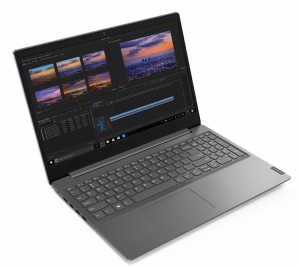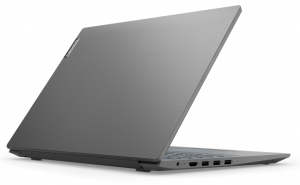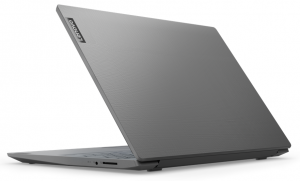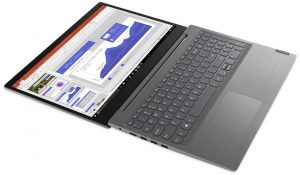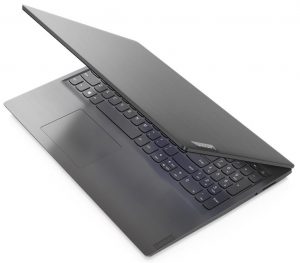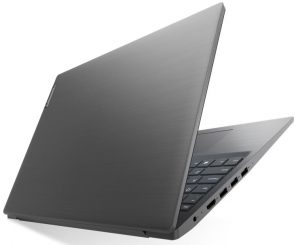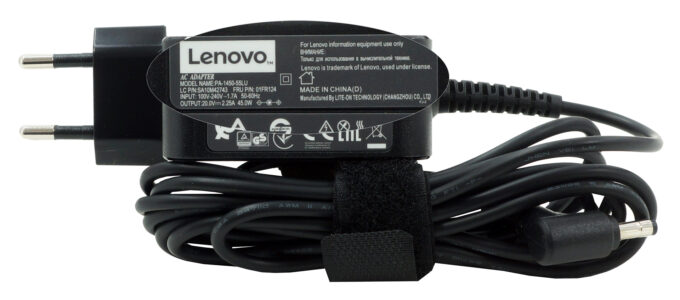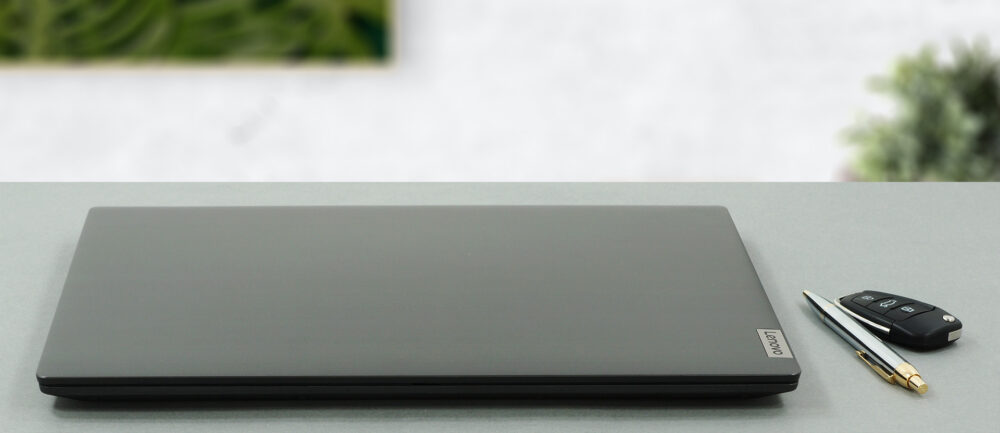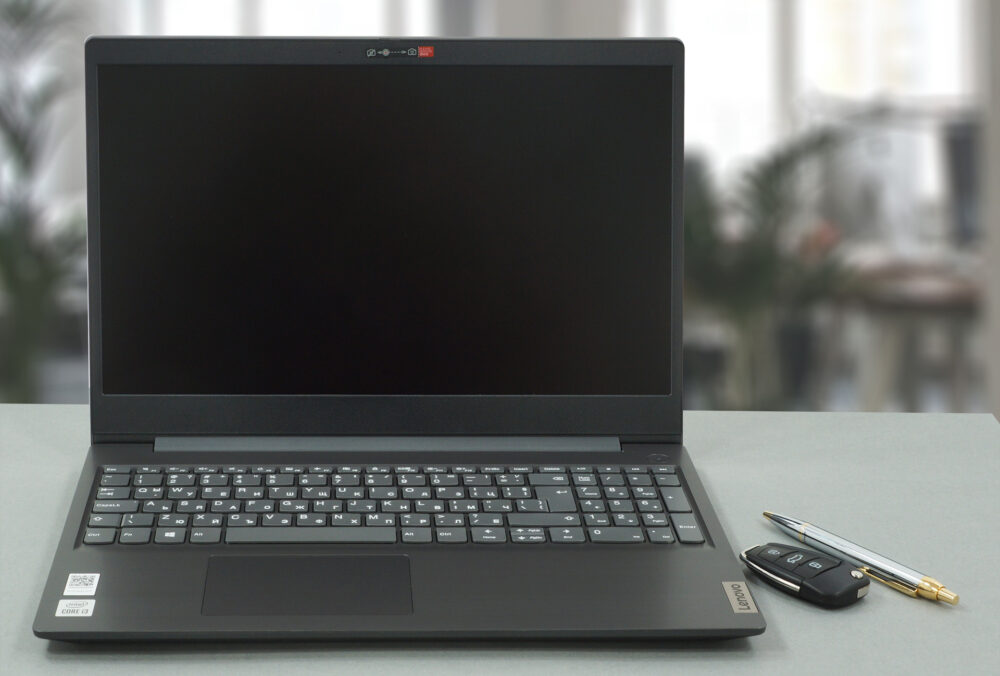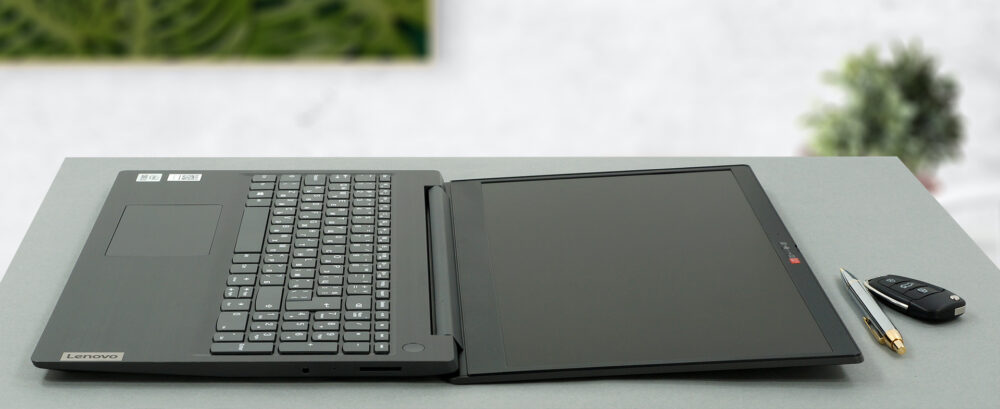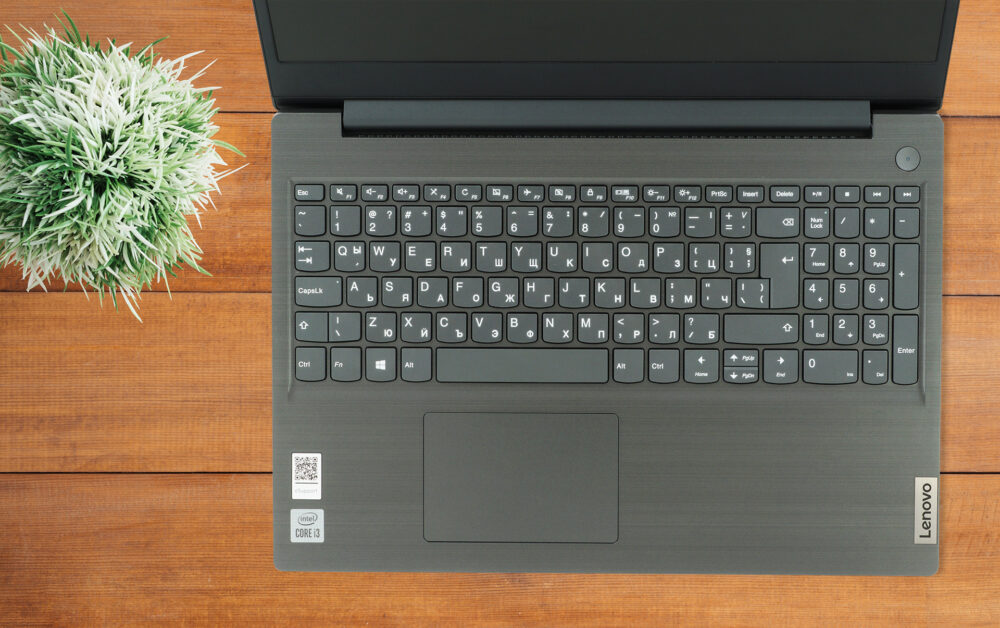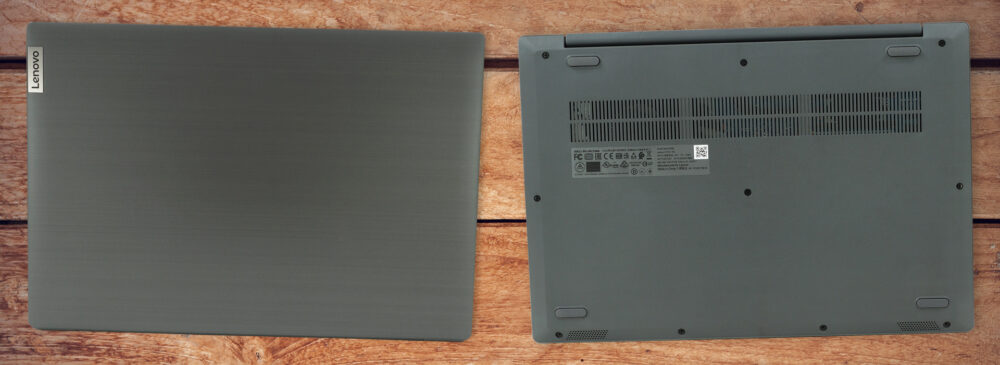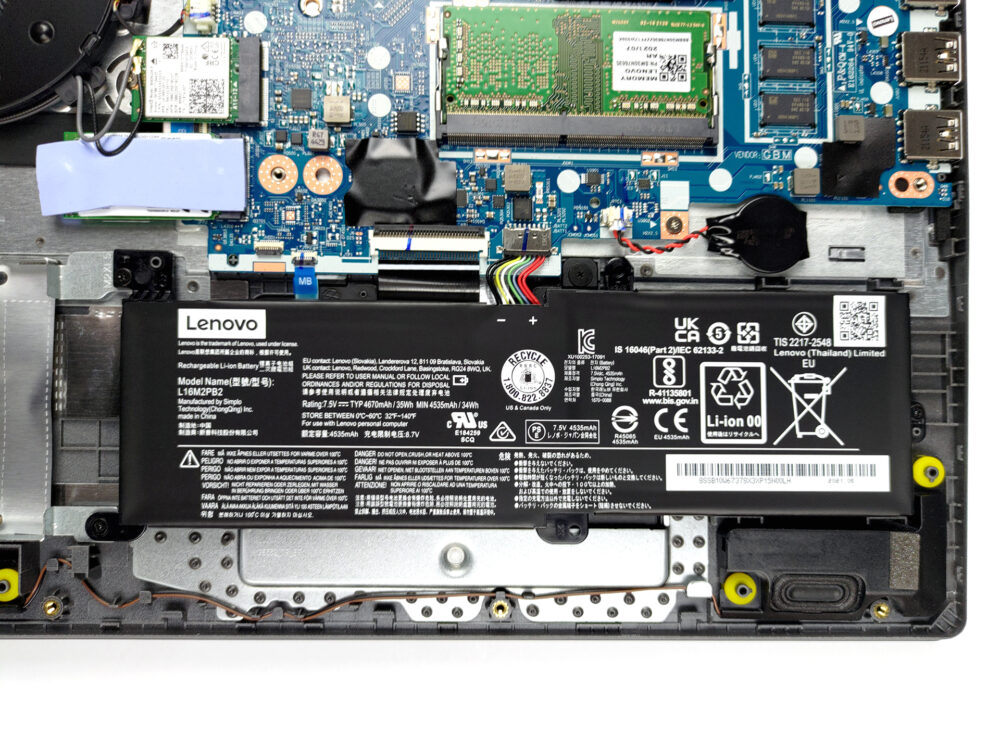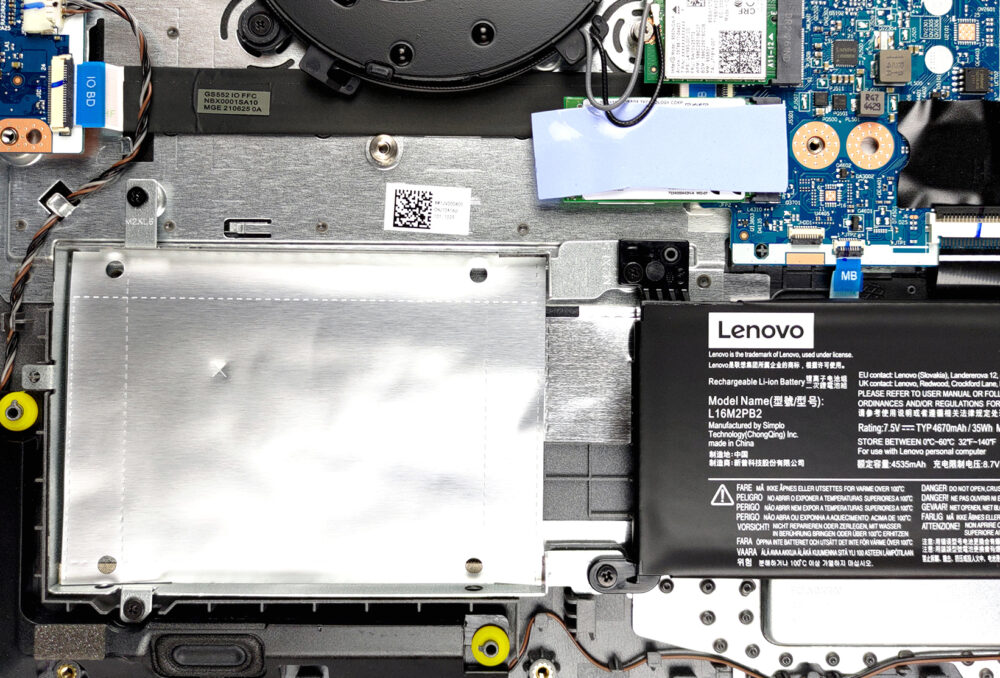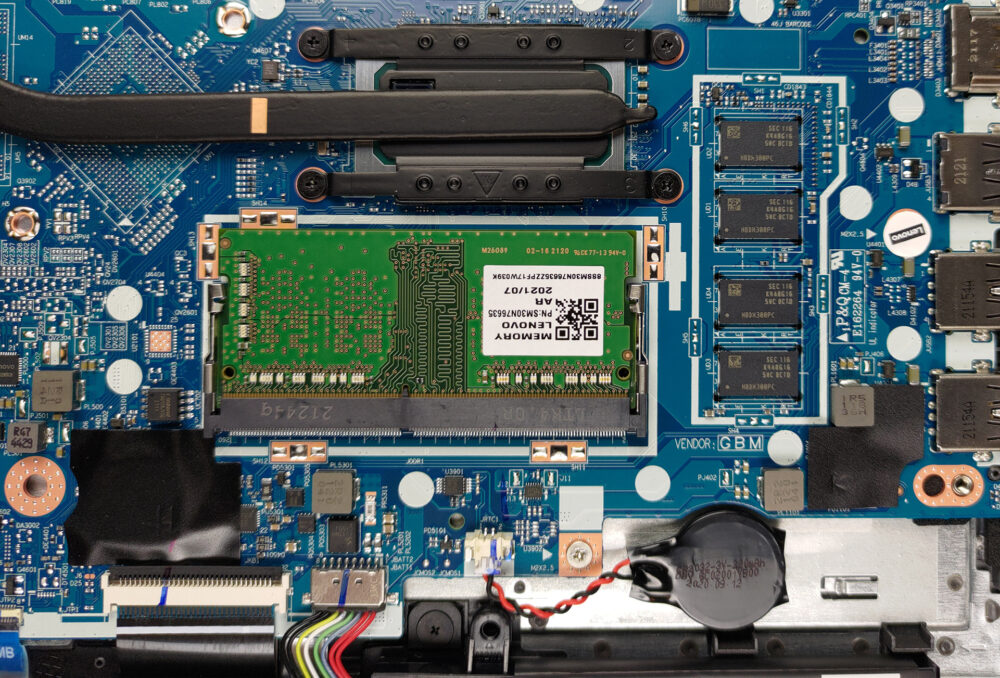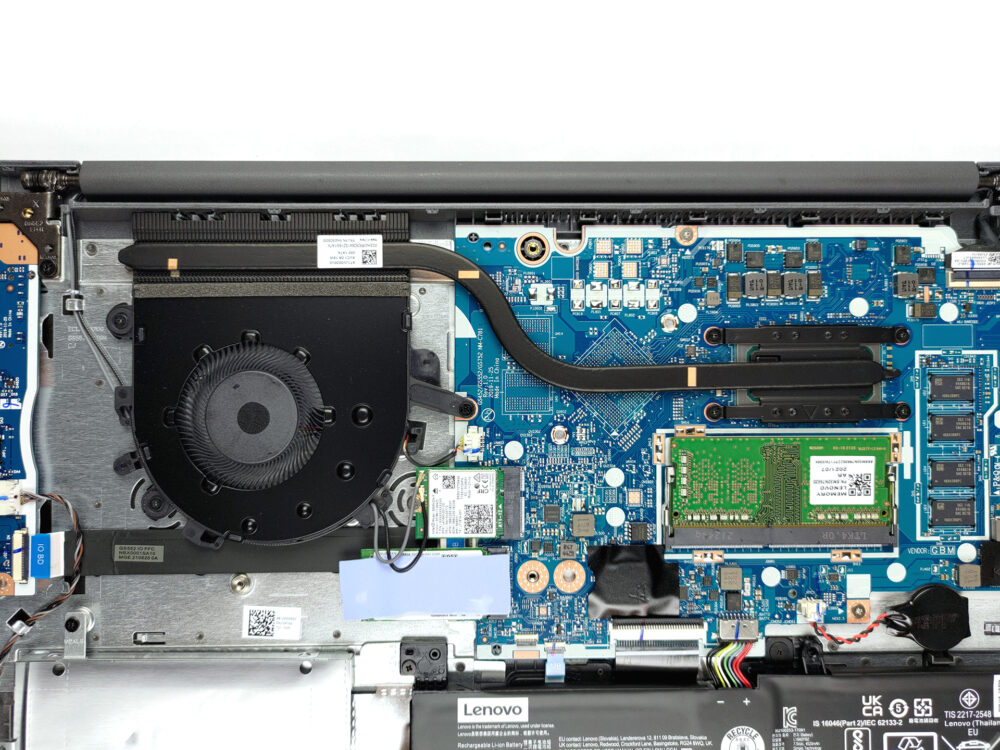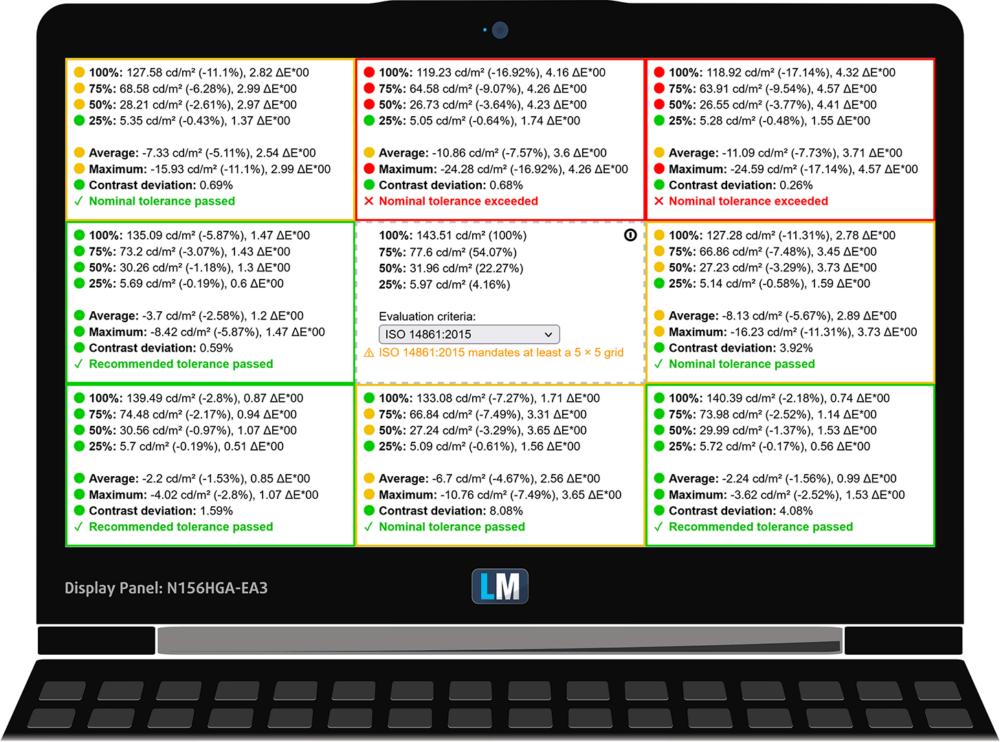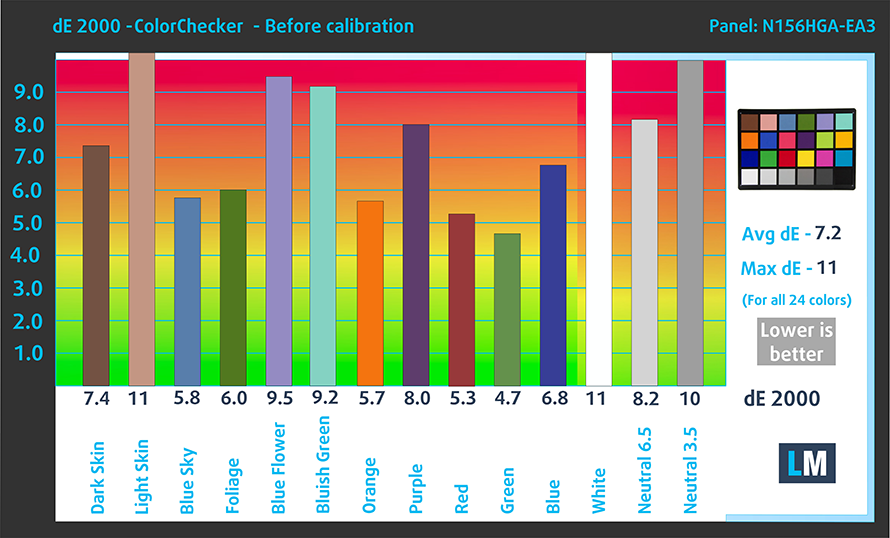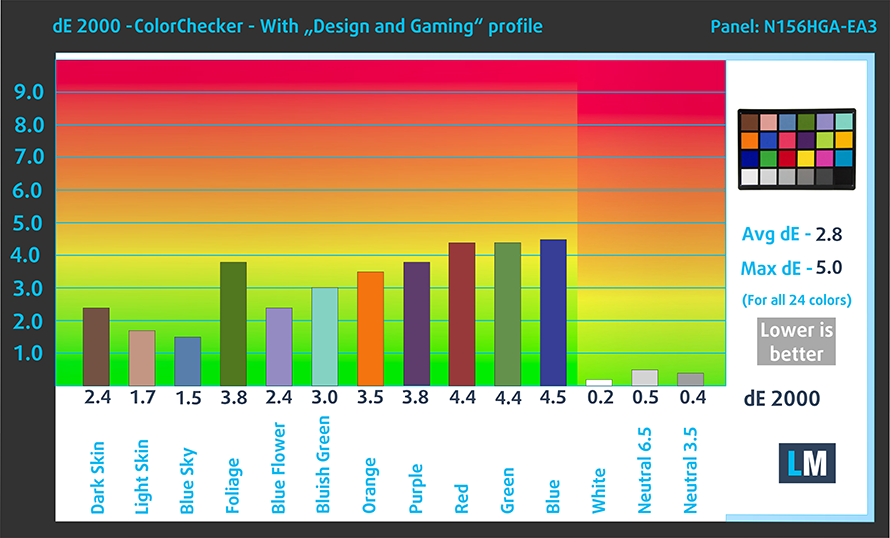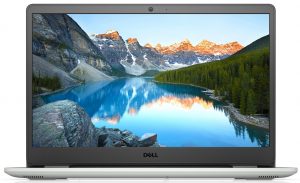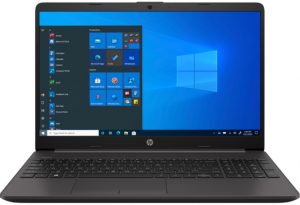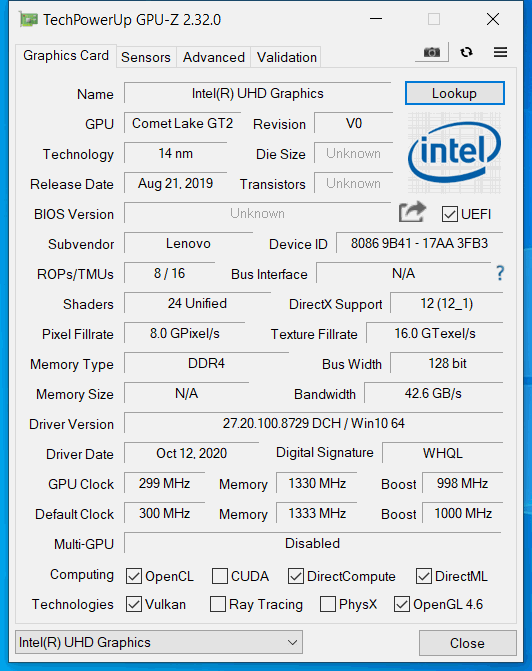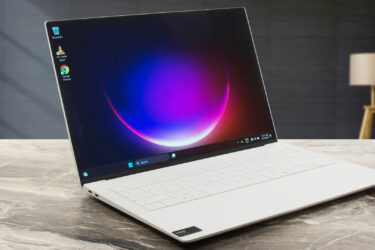Lenovo V15 (G1 IML) review – spill-resistant keyboard and good cooling
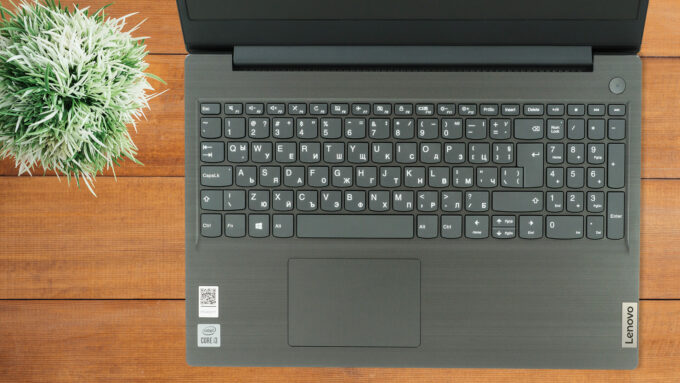 Clearly, the Lenovo V15 (G1 IML) is a laptop for the masses. It doesn’t come with shiny armor, nor does it features groundbreaking technology. Instead, it combines a plastic body with a TN panel and a Comet Lake-U processor. Obviously, this makes it unimpressive, but all of the cost-cutting measures seem to work.
Clearly, the Lenovo V15 (G1 IML) is a laptop for the masses. It doesn’t come with shiny armor, nor does it features groundbreaking technology. Instead, it combines a plastic body with a TN panel and a Comet Lake-U processor. Obviously, this makes it unimpressive, but all of the cost-cutting measures seem to work.
If we have to be fair, Lenovo actually offers a 1080p IPS option for this particular device, but it may be pretty hard to find. Also, we have to disclaim, that we have already reviewed the Lenovo V15 but it was the IWL, which back then was only equipped with the Whiskey Lake architecture.
Unlike last time, our unit comes without a dedicated graphics card. However, there are some business-related advantages like the privacy shutter and the TPM 2.0 security chip.
You can check the prices and configurations in our Specs System: https://laptopmedia.com/series/lenovo-v15/
Contents
Specs Sheet
- CPU
- Intel Pentium Silver N5030 #232 in Top CPUs Intel Core i5-1035G1 #211 in Top CPUs Intel Core i5-10210U #223 in Top CPUs Intel Core i3-1005G1 #226 in Top CPUs Intel Celeron N5100 #243 in Top CPUs Intel Celeron N4500 #239 in Top CPUs Intel Celeron N4020 #242 in Top CPUs AMD Ryzen 3 3250U #228 in Top CPUs AMD Athlon Silver 3050U #241 in Top CPUs AMD 3020e #240 in Top CPUsIntel Core i3-10110U AMD Ryzen 5 3500U AMD Athlon Gold 3150U
- GPU
- Intel UHD Graphics G1 #261 in Top GPUs Intel UHD Graphics 605 #266 in Top GPUs Intel UHD Graphics 600 #267 in Top GPUs Intel UHD Graphics (Jasper Lake 16 EU) #259 in Top GPUs Intel UHD Graphics #263 in Top GPUs AMD Radeon RX Vega 8 (R2000/3000, 15W) #252 in Top GPUs AMD Radeon RX Vega 3 #260 in Top GPUsIntel UHD Graphics (Jasper Lake 24 EU)
- HDD/SSD
- up to 2000GB SSD + up to 2000GB HDD
- M.2 Slot
- 1x 2280 PCIe NVMe 3.0 x4 See photo
- RAM
- up to 36GB
- OS
- Windows 11 Pro, Windows 10 Pro, Windows 10 Home, No OS, Windows 11 Home
- Battery
- 35Wh, 30Wh, 38Wh, 35Wh, 2-cell
- Body material
- Plastic / Polycarbonate
- Dimensions
- 362 x 252 x 19.9 mm (14.25" x 9.92" x 0.78")
- Weight
- 2.10 kg (4.6 lbs)
- Ports and connectivity
- 1x USB Type-A
- 3.2 Gen 1 (5 Gbps)
- 2x USB Type-A
- 2.0
- HDMI
- 1.4b
- Card reader
- MMC, SD, SDHC, SDXC
- Wi-Fi
- 802.11ac
- Bluetooth
- 4.2
- Audio jack
- 3.5 mm combo
- Features
- Fingerprint reader
- Web camera
- HD
- Backlit keyboard
- Microphone
- Monaural Microphone
- Speakers
- 2x 1.5W, Dolby Audio
- Optical drive
- Security Lock slot
All Lenovo V15 configurations
What’s in the box?
Inside the package, there are some paper manuals, as well as a 45W charger.
Design and construction
Looking at the visuals of this device, we see a classy device with an entirely plastic body. Both the lid and the keyboard cover have a glossy finish, that imitates anodized aluminum. Respectively, the frame around the display and the bottom panel are made of rough material. Ultimately, the build quality is not great. We observed a lot of flex from the lid and the base, and it seems that the laptop is back-heavy. When you try lifting it by gripping the front two corners in an opened position, the backside struggles to lift itself from the ground. This is mainly because the laptop is super light in its front, due to the small battery and lack of other parts in the area.
Ultimately, the notebook weighs 1.85 kilos and has a profile of about 20mm. Unfortunately, the lid can’t be opened with a single hand, and the hinges feel very finicky, and not stable at all. Thankfully, the side bezels are pretty thin, with the top one housing either a VGA or an HD Web camera. Plus, there is a privacy shutter on top of it.
Now, moving to the base, we can see that Lenovo has decided to remove the Power button from the rest of the keyboard. Interestingly, even though it is a budget offering, this device features a spill-resistant unit with long key travel and clicky feedback. This makes it one of the better options out there.
Moreover, the touchpad seems to be on point, even though it is a bit small for 2021’s standards.
And if you turn the laptop upside down, you will find the speaker cutouts towards the bottom, as well as the ventilation grill. Hot air is exhausted from a slot between the lid and the base.
Ports
On the left side, there is the power plug, an HDMI 1.4b connector, a USB Type-A 2.0 port, and two USB Type-A 3.2 (Gen. 1) ports. Then, on the right, you have an SD card reader and an audio jack.
Disassembly, upgrade options and maintenance
This laptop’s bottom panel is held in place by 10 Phillips-head screws. After you undo them, pry the panel and remove it from the chassis.
Here, we have a rather small battery with a capacity of 35Wh.
In terms of memory, you get 4GB soldered to the motherboard, as well as one SODIMM slot for further expansion. Storage-wise, the laptop sports one M.2 PCIe x4 slot. In addition to that, there is a 2.5-inch SATA drive bay. Unfortunately, there are no mounting and connecting accessories inside the box.
Lastly, there is the cooling. It’s pretty simple and comprises a thin heat pipe. Respectively, both the heat sink and the fan are of average size.
Display quality
Lenovo V15 (G1 IML) is equipped with a Full HD TN panel with a model number Innolux N156HGA-EA3 (CMN15F5). Its diagonal is 15.6″ (39.62 cm), and the resolution is 1920 х 1080 pixels. The screen ratio is 16:9, and we are looking at a pixel density of – 142 ppi, and a pitch of 0.18 х 0.18 mm. The screen turns into Retina when viewed at distance equal to or greater than 60cm (24″) (from this distance one’s eye stops differentiating the separate pixels, and it is normal for looking at a laptop).
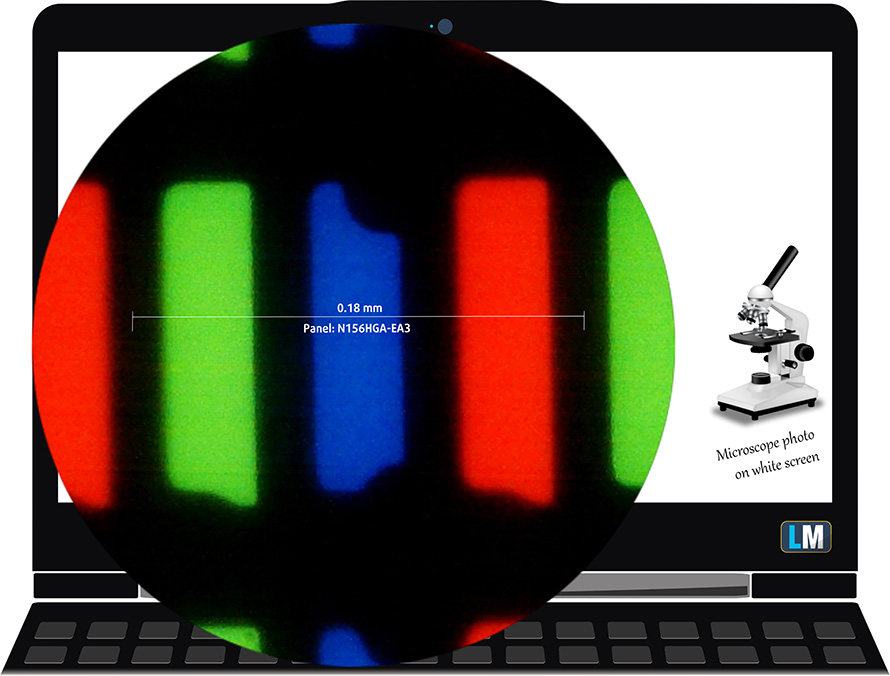
As expected from a TN panel – the viewing angles are terrible. We offer images at 45° to evaluate image quality.

Also, a video with locked focus and exposure.
The measured maximum brightness of 228 nits in the middle of the screen and 212 nits as an average for the whole area, with a maximum deviation of 17%. The Correlated Color Temperature on a white screen is 6000K – slightly warmer than the optimal for the sRGB standard of 6500K, which is not bad.
In the illustration below you can see how the display performs from a uniformity perspective. In other words, the leakage of light from the light source.
Values of dE2000 over 4.0 should not occur, and this parameter is one of the first you should check if you intend to use the laptop for color-sensitive work. The contrast ratio is mediocre – 310:1.
To make sure we are on the same page, we would like to give you a little introduction to the sRGB color gamut and the Adobe RGB. To start, there’s the CIE 1976 Uniform Chromaticity Diagram that represents the visible specter of colors by the human eye, giving you a better perception of the color gamut coverage and the color accuracy.
Inside the black triangle, you will see the standard color gamut (sRGB) that is being used by millions of people on HDTV and on the web. As for the Adobe RGB, this is used in professional cameras, monitors, etc for printing. Basically, colors inside the black triangle are used by everyone and this is the essential part of the color quality and color accuracy of a mainstream notebook.
Still, we’ve included other color spaces like the famous DCI-P3 standard used by movie studios, as well as the digital UHD Rec.2020 standard. Rec.2020, however, is still a thing of the future and it’s difficult for today’s displays to cover that well. We’ve also included the so-called Michael Pointer gamut, or Pointer’s gamut, which represents the colors that naturally occur around us every day.
The yellow dotted line shows Lenovo V15 (G1 IML)’s color gamut coverage.
Its display covers 54% of the sRGB/ITU-R BT.709 (web/HDTV standard) in CIE1976.
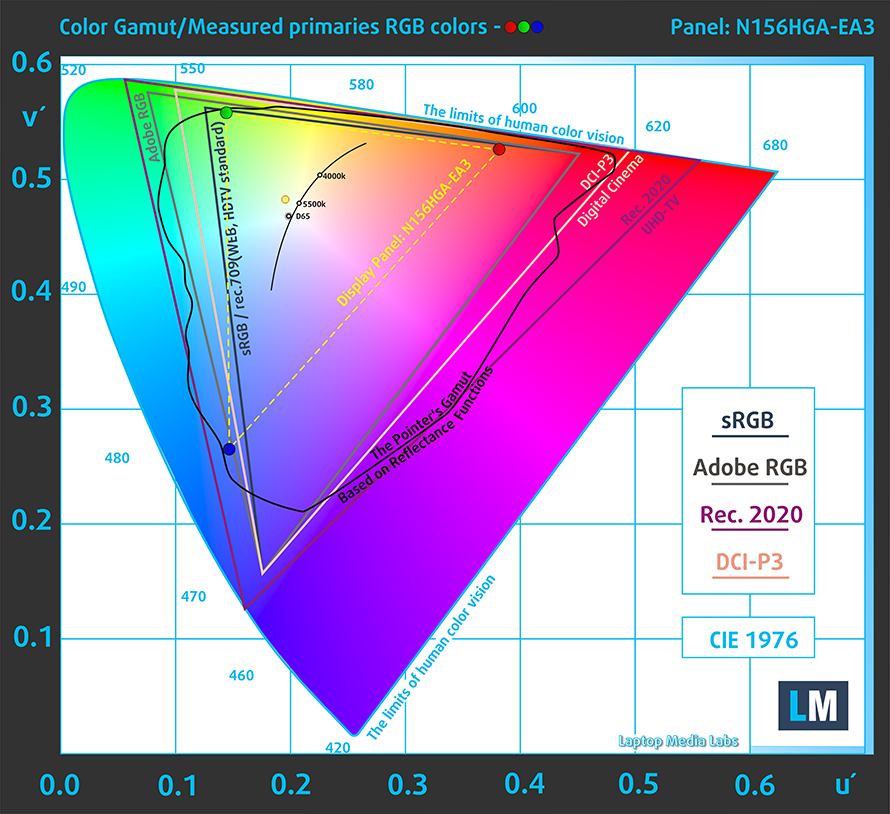
Our “Design and Gaming” profile delivers optimal color temperature (6500K) at 140 cd/m2 luminance and sRGB gamma mode.
We tested the accuracy of the display with 24 commonly used colors like light and dark human skin, blue sky, green grass, orange, etc. You can check out the results at factory condition and also, with the “Design and Gaming” profile.
Below you can compare the scores of Lenovo V15 (G1 IML) with the default settings (left), and with the “Gaming and Web design” profile (right).
The next figure shows how well the display is able to reproduce really dark parts of an image, which is essential when watching movies or playing games in low ambient light.
The left side of the image represents the display with stock settings, while the right one is with the “Gaming and Web Design” profile activated. On the horizontal axis, you will find the grayscale, and on the vertical axis – the luminance of the display. On the two graphs below you can easily check for yourself how your display handles the darkest nuances but keep in mind that this also depends on the settings of your current display, the calibration, the viewing angle, and the surrounding light conditions.
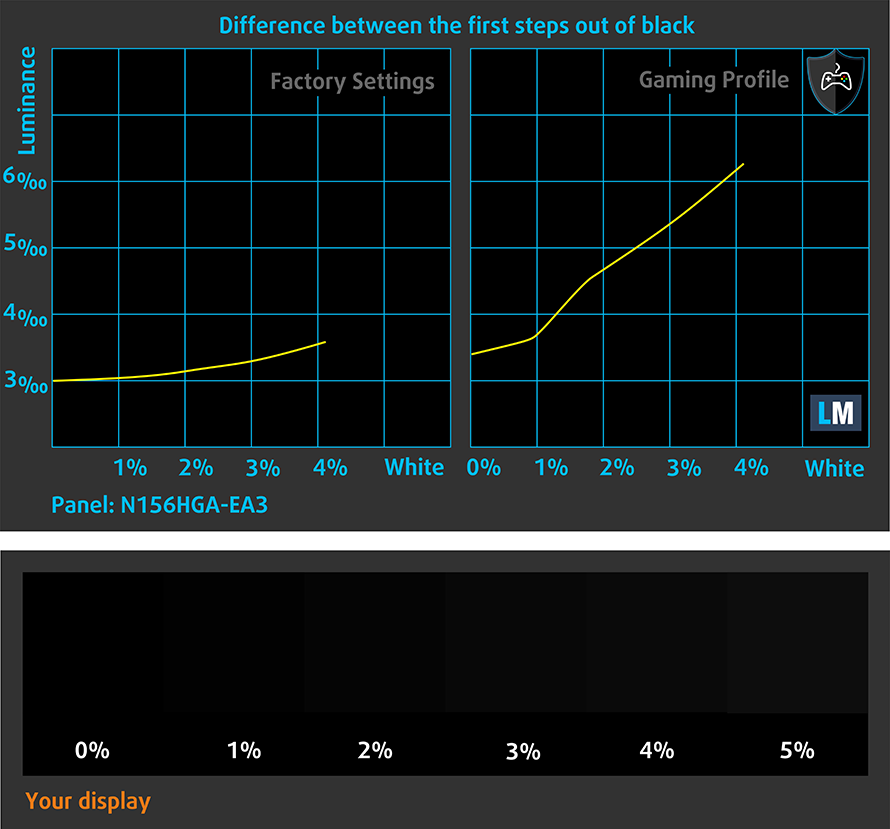
Response time (Gaming capabilities)
We test the reaction time of the pixels with the usual “black-to-white” and “white-to-black” method from 10% to 90% and vice versa.
We recorded Fall Time + Rise Time = 12 ms.
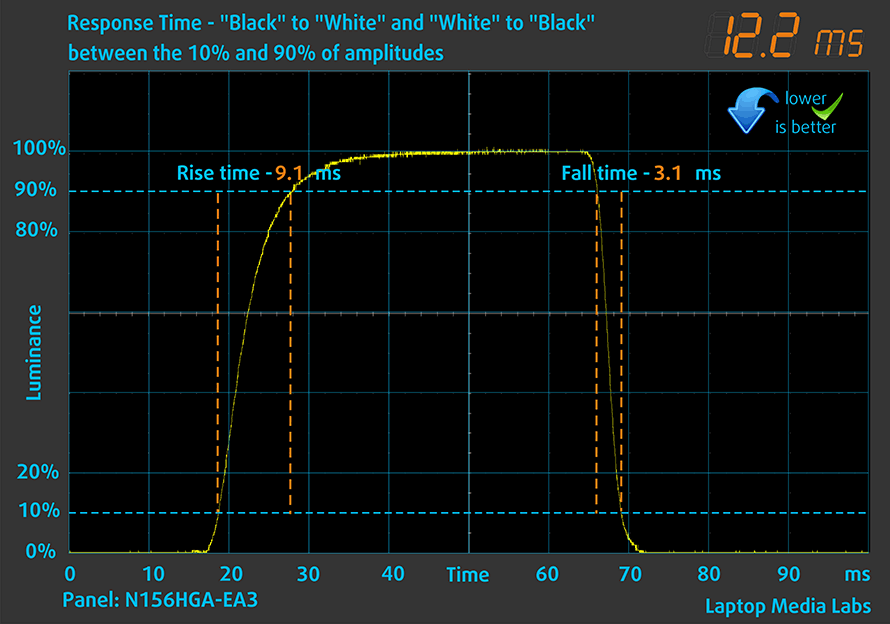
After that, we test the reaction time of the pixels with the usual “Gray-to-Gray” method from 50% White to 80% White and vice versa between 10% and 90% of the amplitude.
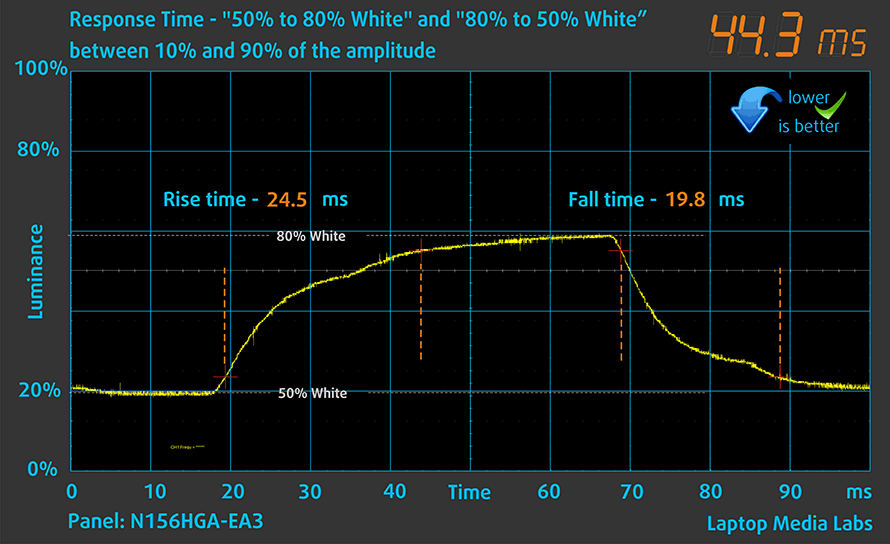
PWM (Screen flickering)
Pulse-width modulation (PWM) is an easy way to control monitor brightness. When you lower the brightness, the light intensity of the backlight is not lowered, but instead turned off and on by the electronics with a frequency indistinguishable to the human eye. In these light impulses, the light/no-light time ratio varies, while brightness remains unchanged, which is harmful to your eyes. You can read more about that in our dedicated article on PWM.
Lenovo V15 (G1 IML) doesn’t use PWM for brightness adjustment. This makes it comfortable for long periods of work in this aspect.
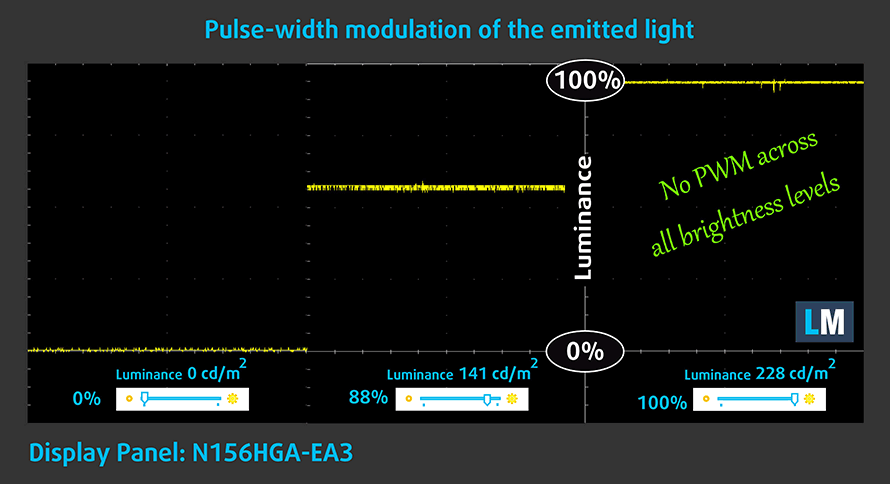
Blue light emissions
Installing our Health-Guard profile not only eliminates PWM but also reduces the harmful Blue Light emissions while keeping the colors of the screen perceptually accurate. If you’re not familiar with the Blue light, the TL;DR version is – emissions that negatively affect your eyes, skin, and your whole body. You can find more information about that in our dedicated article on Blue Light.
Buy our profiles
Since our profiles are tailored for each individual display model, this article and its respective profile package are meant for Lenovo V15 (G1 IML) configurations with 15.6″ FHD TN Innolux N156HGA-EA3 (CMN15F5).
*Should you have problems with downloading the purchased file, try using a different browser to open the link you’ll receive via e-mail. If the download target is a .php file instead of an archive, change the file extension to .zip or contact us at [email protected].
Read more about the profiles HERE.
In addition to receiving efficient and health-friendly profiles, by buying LaptopMedia's products you also support the development of our labs, where we test devices in order to produce the most objective reviews possible.

Office Work
Office Work should be used mostly by users who spend most of the time looking at pieces of text, tables or just surfing. This profile aims to deliver better distinctness and clarity by keeping a flat gamma curve (2.20), native color temperature and perceptually accurate colors.

Design and Gaming
This profile is aimed at designers who work with colors professionally, and for games and movies as well. Design and Gaming takes display panels to their limits, making them as accurate as possible in the sRGB IEC61966-2-1 standard for Web and HDTV, at white point D65.

Health-Guard
Health-Guard eliminates the harmful Pulse-Width Modulation (PWM) and reduces the negative Blue Light which affects our eyes and body. Since it’s custom tailored for every panel, it manages to keep the colors perceptually accurate. Health-Guard simulates paper so the pressure on the eyes is greatly reduced.
Get all 3 profiles with 33% discount
Sound
Lenovo V15 (G1 IML)’s speakers produce a relatively loud sound with decent quality. Its low, mid, and high tones are clear of deviations.
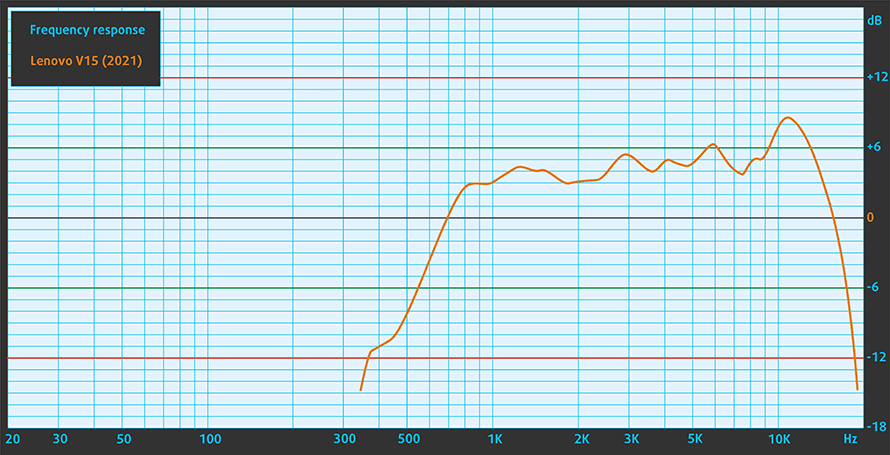
Drivers
All of the drivers and utilities for this notebook can be found here: https://pcsupport.lenovo.com/us/en/products/laptops-and-netbooks/lenovo-v-series-laptops/v15-g1-iml/downloads/driver-list
Battery
Now, we conduct the battery tests with Windows Better performance setting turned on, screen brightness adjusted to 120 nits, and all other programs turned off except for the one we are testing the notebook with. This laptop’s 35Wh battery delivers 7 hours and 47 minutes of Web browsing, or 6 hours and 53 minutes of video playback.
CPU options
The V15 (G1 IML) can be configured with the Comet Lake-U Core i3-10110U or Core i5-10210U.
Results are from the Cinebench 20 CPU test (the higher the score, the better)
Results are from our Photoshop benchmark test (the lower the score, the better)
Lenovo V15 CPU variants
Here you can see an approximate comparison between the CPUs that can be found in the Lenovo V15 models on the market. This way you can decide for yourself which Lenovo V15 model is the best bang for your buck.
Note: The chart shows the cheapest different CPU configurations so you should check what the other specifications of these laptops are by clicking on the laptop’s name / CPU.
Results are from the Cinebench R23 CPU test (the higher the score, the better)
Results are from our Photoshop benchmark test (the lower the score, the better)
GPU options
And in terms of graphics, there is either the integrated GPU inside of either of the aforementioned processors or the dedicated GeForce MX330 with 2GB of GDDR5 VRAM.
Results are from the 3DMark: Time Spy (Graphics) benchmark (higher the score, the better)
Results are from the 3DMark: Fire Strike (Graphics) benchmark (higher the score, the better)
Results are from the Unigine Superposition benchmark (higher the score, the better)
Lenovo V15 GPU variants
Here you can see an approximate comparison between the GPUs that can be found in the Lenovo V15 models on the market. This way you can decide for yourself which Lenovo V15 model is the best bang for your buck.
Note: The chart shows the cheapest different GPU configurations so you should check what the other specifications of these laptops are by clicking on the laptop’s name / GPU.
Results are from the 3DMark: Time Spy (Graphics) benchmark (higher the score, the better)
Results are from the 3DMark: Fire Strike (Graphics) benchmark (higher the score, the better)
Results are from the Unigine Superposition benchmark (higher the score, the better)
Gaming tests

| CS:GO | HD 1080p, Low (Check settings) | HD 1080p, Medium (Check settings) | HD 1080p, MAX (Check settings) |
|---|---|---|---|
| Average fps | 45 fps | 25 fps | – fps |

| DOTA 2 | HD 1080p, Low (Check settings) | HD 1080p, Normal (Check settings) | HD 1080p, High (Check settings) |
|---|---|---|---|
| Average fps | 61 fps | 34 fps | – fps |
Temperatures and comfort
Max CPU load
In this test we use 100% on the CPU cores, monitoring their frequencies and chip temperature. The first column shows a computer’s reaction to a short load (2-10 seconds), the second column simulates a serious task (between 15 and 30 seconds), and the third column is a good indicator of how good the laptop is for long loads such as video rendering.
Average core frequency (base frequency + X); CPU temp.
| Intel Core i3-10110U (15W TDP) | 0:02 – 0:10 sec | 0:15 – 0:30 sec | 10:00 – 15:00 min |
|---|---|---|---|
| Lenovo V15 (G1 IML) | 3.56 GHz (B+70%) @ 86°C | 3.49 GHz (B+66%) @ 92°C | 2.79 GHz (B+33%) @ 72°C |
| Dell Latitude 15 3510 | 3.57 GHz (B+70%) @ 99°C | 3.21 GHz (B+53%) @ 99°C | 2.89 GHz (B+38%) @ 94°C |
| HP 15 (15-dw1000) | 2.79 GHz (B+33%) @ 75°C | 2.72 GHz (B+30%) @ 76°C | 2.68 GHz (B+28%) @ 68°C |
| Dell Vostro 3590 | 3.32 GHz (B+58%) @ 95°C | 3.27 GHz (B+56%) @ 97°C | 2.73 GHz (B+30%) @ 84°C |
As you can see, the V15 (G1 IML) isn’t the top performer with this CPU, but it can boost to high clocks, and then maintain a low temperature for long periods of time.
Comfort during full load
Respectively, this results in low temperatures on the outside. However, the fan is spinning quite quickly, which makes the machine a bit loud under an extreme workload.
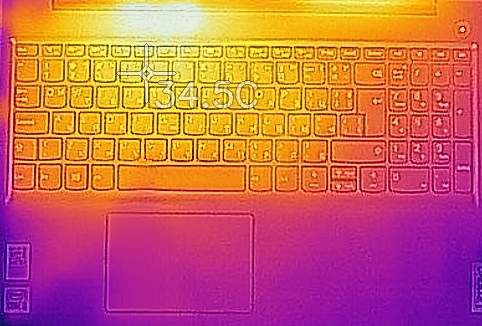
Verdict
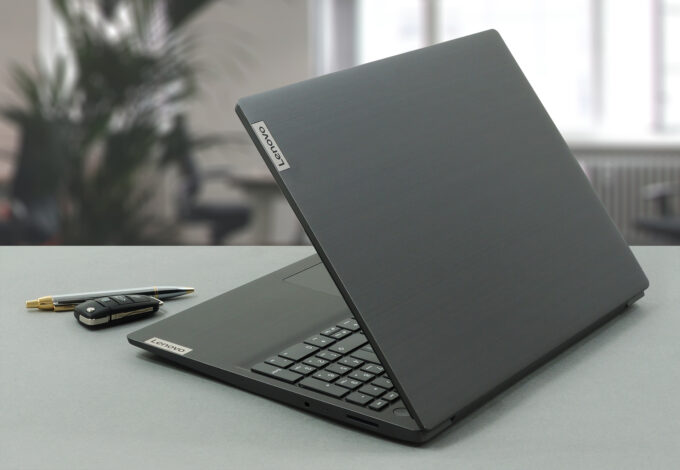 The affordable business laptop industry is a niche where you can win a lot, or lose massively. There are millions of people around the world that are potential customers, which makes the brands want to be more appealing. Well, the V15 (G1 IML) has some features that are pretty convincing. For example, the keyboard is super comfortable and offers spill resistance. The touchpad offers accurate tracking, and nimble response, which adds up to one of the best input device packages in this class at the moment.
The affordable business laptop industry is a niche where you can win a lot, or lose massively. There are millions of people around the world that are potential customers, which makes the brands want to be more appealing. Well, the V15 (G1 IML) has some features that are pretty convincing. For example, the keyboard is super comfortable and offers spill resistance. The touchpad offers accurate tracking, and nimble response, which adds up to one of the best input device packages in this class at the moment.
Interestingly, the small 35Wh battery doesn’t seem to bottleneck the experience as much as we expected. We were able to get more than 7 hours and a half of Web browsing, or nearly 7 hours of video playback.
Lenovo V15 (G1 IML)’s TN panel has a Full HD resolution, fast pixel response times, and doesn’t use PWM for brightness adjustment. Unfortunately, the narrow viewing angles and the low contrast ratio make for a rather unpleasant experience. Also, it only covers 54% of the sRGB color gamut.
Then comes the upgradeability, which is a bit of a mixed bag. Yes, you will be able to upgrade both the memory and the storage, but the first comes with only one SODIMM slot, as the rest of the RAM is soldered to the motherboard. And while the situation with the storage seems better with one M.2 PCIe x4 slot, and one 2.5-inch SATA drive bay, Lenovo didn’t provide any connection accessories.
All in all, the laptop is the epitome of compromise. You get a plastic shell and a build quality which is really not impressive. And there is no USB Type-C port anywhere, which is unthinkable in 2021. However, the low price of the machine and the rest of the goodies may actually be compelling enough for you to consider a purchase. Just make sure you get an IPS display if you can.
You can check the prices and configurations in our Specs System: https://laptopmedia.com/series/lenovo-v15/
Pros
- Comfortable, spill-resistant keyboard
- Cool during extreme load
- Adequate pricing
- No PWM (Innolux N156HGA-EA3 (CMN15F5))
- Equipped with an SD card reader and PCIe x4 SSD support
Cons
- Not the best build quality (uses only plastic)
- Uncomfortable viewing angles and poor contrast ratio (Innolux N156HGA-EA3 (CMN15F5))
- It covers only 54% of the sRGB gamut (Innolux N156HGA-EA3 (CMN15F5))
- Lacks a USB Type-C port
